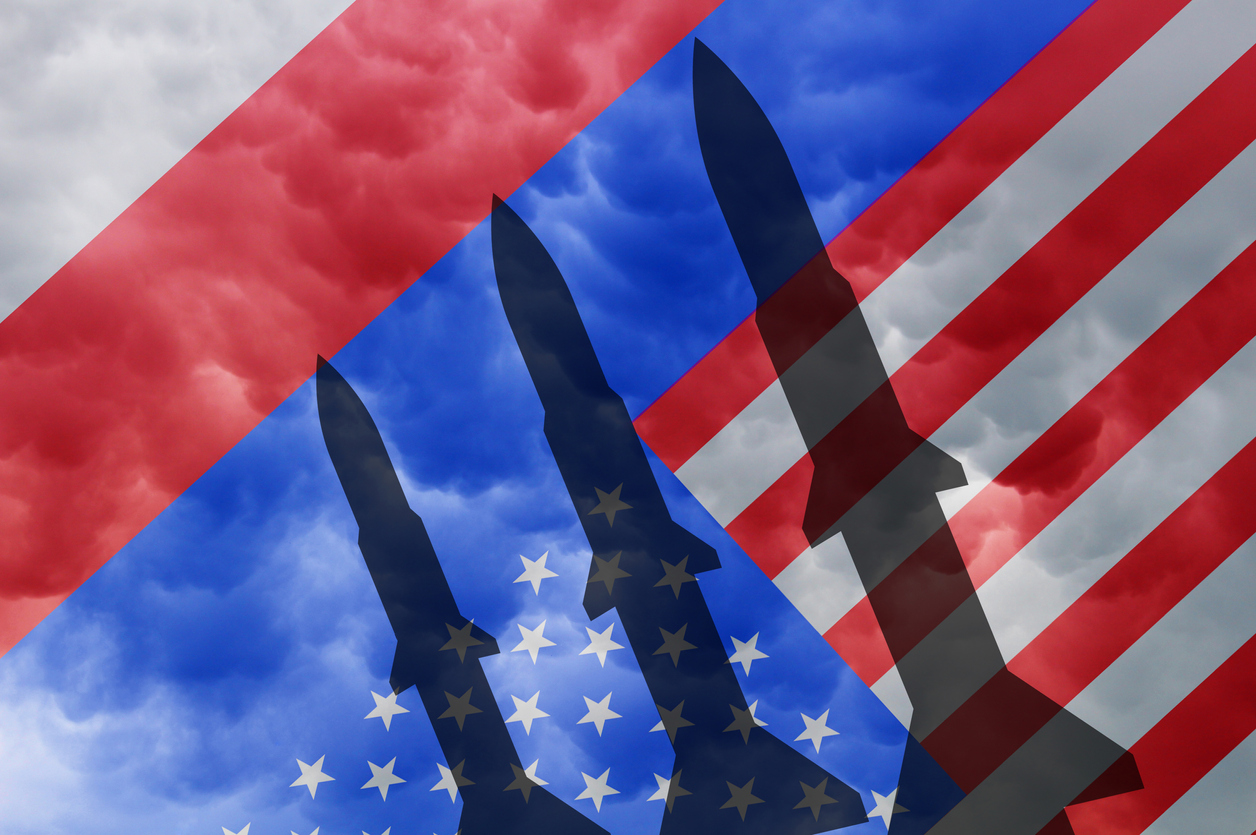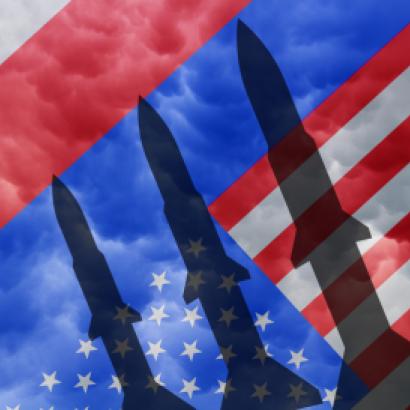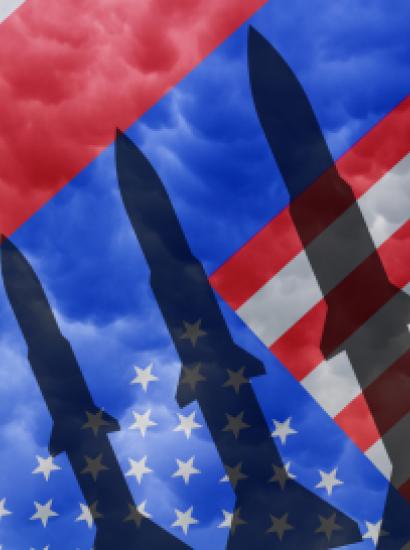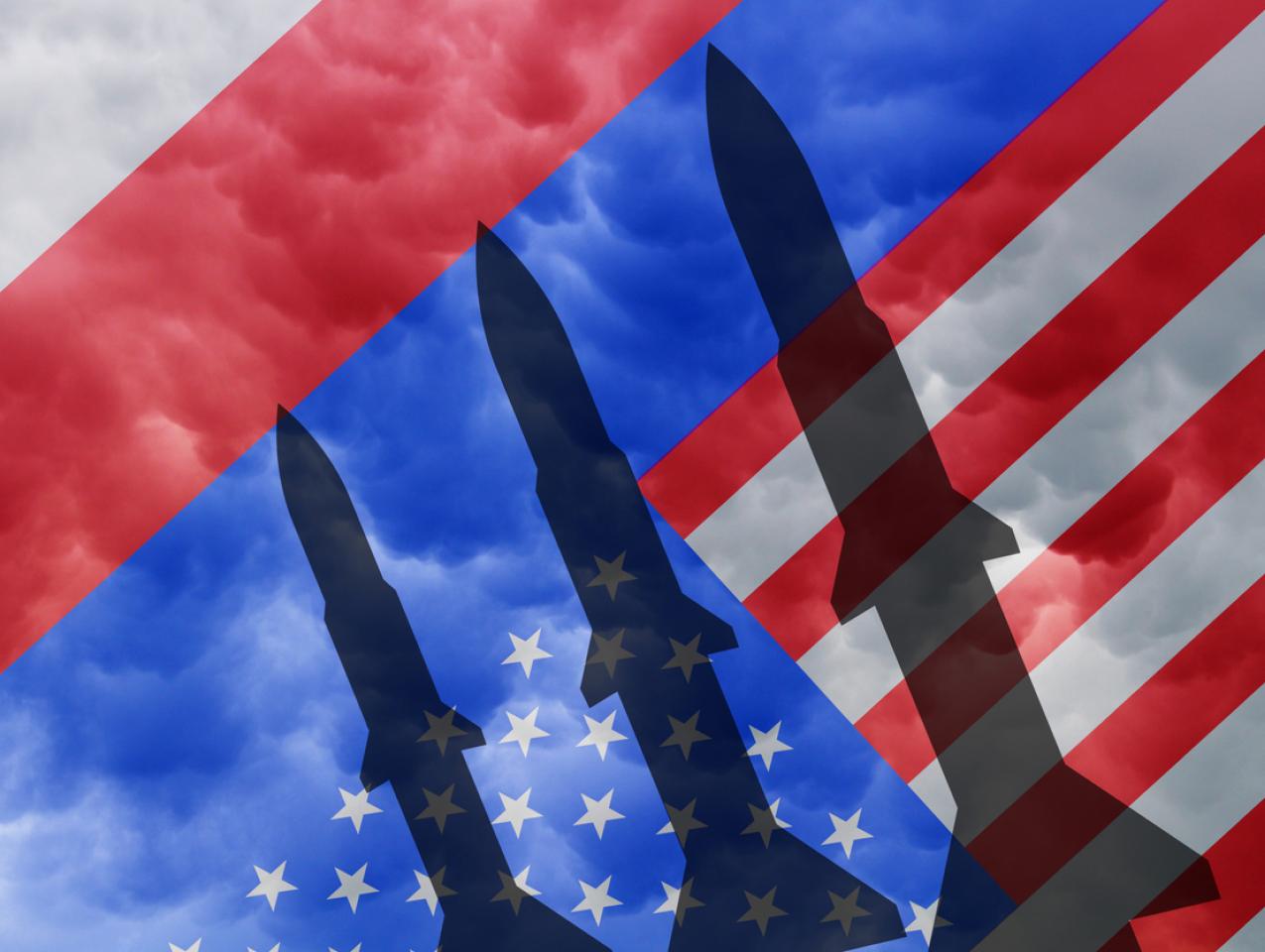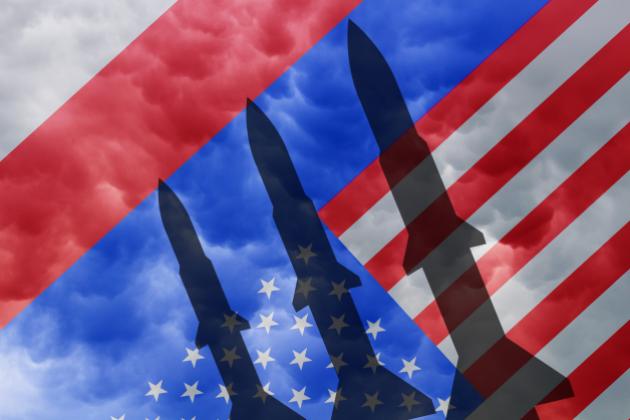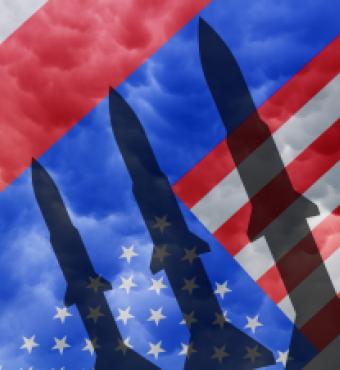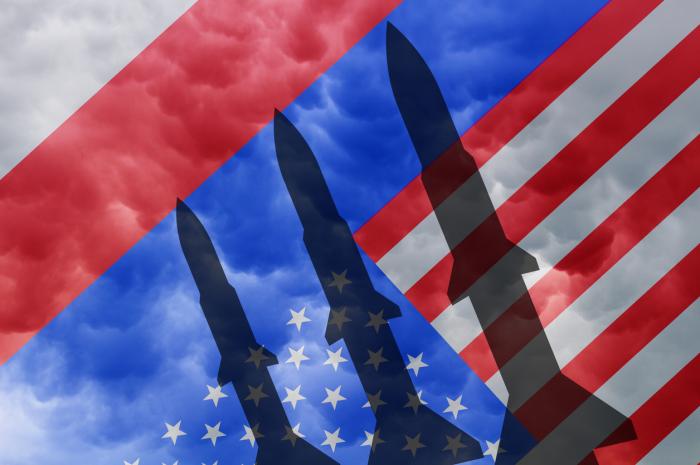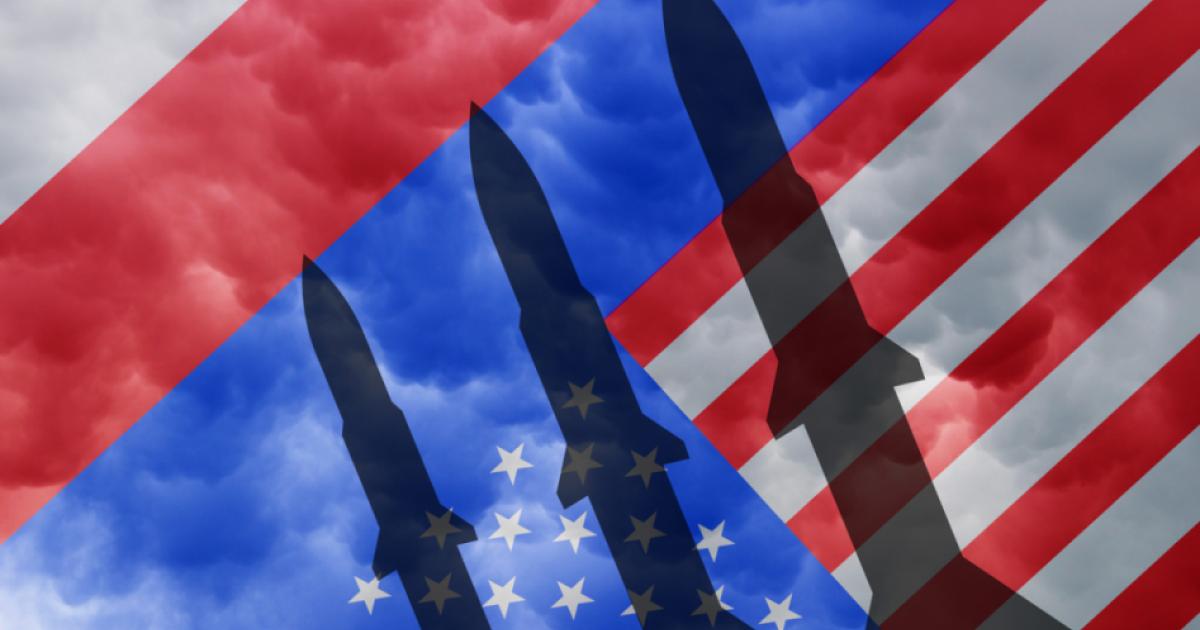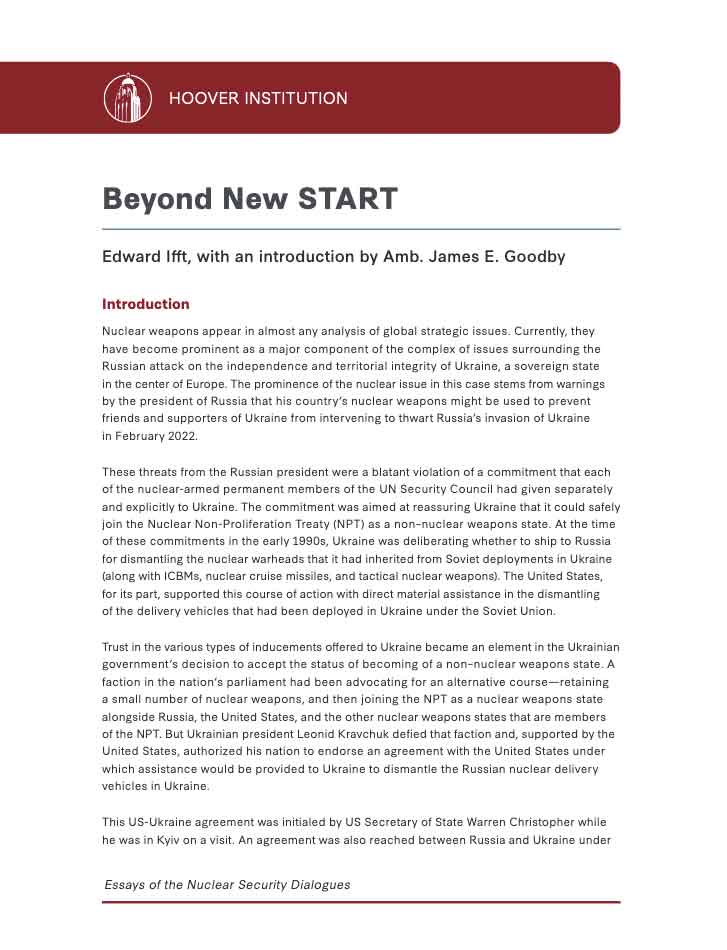- Arms Control
It has taken only a month for a prediction in my recent Hoover article “Beyond New START” to be proven at least half-wrong. I said that dealing now with a situation in which we no longer had the New START, or a suitable replacement, would be “premature and defeatist.” President Putin’s February 21, 2023, announcement that Russia is “suspending” the New START moves dealing with such a situation from premature to urgent.
Current Situation
Fortunately, the current situation still maintains legal constraints on strategic nuclear weapons, but it does away with a key aspect of the verification regime established to monitor those constraints. On-site inspections (OSI) under New START have been suspended since March 2020, first by mutual agreement because of the COVID pandemic, and more recently because Russia has refused to resume them. Russia’s stated reason for this is that Western sanctions have made it impossible for Russian inspectors to carry out their activities. The United States assured Russia that its inspectors would be allowed to carry out these activities fully. Putin’s new announcement of a more drastic blow to New START cites the situation created by the war in Ukraine. Such a linkage is precisely what we had hoped to avoid, as was explained in my earlier article.
With OSI gone, the next question regards the fate of other key provisions of the treaty—in particular, the central limits and the exchange of data. The Russian Ministry of Foreign Affairs stated on February 21, 2023, that the suspension of the treaty “can be reversed” and that Russia would continue to adhere to the “quantitative restrictions” in the treaty and provide information on ballistic missile launches. It is not clear whether this refers to observing just the three central limits or includes all the other quantitative constraints and obligations in the treaty. The reference to missile launches specifically refers to the 1988 Ballistic Missile Launch Notification Agreement, whose obligations are also satisfied by a provision in New START. These obligations are important, but they by no means constitute the full package of notifications required by New START, which inform each side promptly of changes in the numbers, locations, and other attributes of their strategic offensive arms. To date there have been over twenty-five thousand such notifications under New START—roughly two thousand per year. There is no need to speculate on exactly what “suspension” will mean, since it all should become clear very soon, along with the US response.
A key point here is that the New START remains in force. As noted, there is no indication that Russia intends to violate the central limits or other requirements in the treaty. Neither side has any need or reason to do this. Assurances by each side that it intends to continue to abide by these limits should be exchanged urgently through diplomatic channels, if this has not occurred already. One historical precedent from the 1980s seems relevant: although the SALT II treaty was signed by both sides, it never entered into force. However, the sides agreed to abide by its key constraints, and the United States used the treaty constraints in its force planning. While the Reagan administration in 1986 announced that it would no longer be bound by these constraints, the Soviet reaction to this was restrained, and the United States actually made only very minor changes to its strategic forces, which took it slightly beyond SALT II limits. The sides continued to negotiate successfully START I, which resolved the issue.
Can a Treaty be Suspended?
The concept of “suspending” compliance with a treaty deserves some attention. Early claims by some US analysts that such a concept is illegal are not correct. Article 60 of the Vienna Convention on the Law of Treaties provides that in the event of a “material breach” of a treaty by another party, a state may invoke this as a ground for “suspending the operation of the treaty in whole or in part.” Russia did, in fact, use the term “suspend” (as opposed to “withdraw”) in 2007 in refusing to continue to allow OSI of its territory under the Conventional Forces in Europe (CFE) Treaty because of NATO’s refusal to ratify the “Adapted” CFE Treaty. (This refusal, in turn, was a reaction to Russia’s failure to remove its troops from Georgia and Moldova—a promise made at a 1999 Istanbul Summit.) The US/NATO response to this was that suspension was “not available” to Russia in this case. After seven years of unsuccessful attempts to resolve the crisis, NATO itself suspended CFE OSI activities with respect to Russia. Apart from this legal detour, a key point here is that Russia has not invoked the Vienna Convention as justification for its actions. In any case, the United States has not committed any material breach of New START, although Russia is now accusing the United States of having done so.
How Bad Is the Damage?
Advocates of New START, including this author, have always cited OSI and the required massive data exchanges as key advantages of the treaty. The almost-real-time picture of each side’s strategic offensive forces builds trust and provides important predictability. A key success of the difficult negotiations through the long SALT/START process was persuading the Soviet Union, followed by Russia and the other successor states, that such intrusive monitoring is highly beneficial to all parties and could be managed with appropriate safeguards against unwarranted intelligence activities.
Now we are left with National Technical Means (NTM) as the monitoring tool. It is important to realize that NTM has always been the primary monitoring tool for the United States. The capabilities of NTM have improved greatly over the years, as has its acceptance by the international community. Open-source assets—for example, highly capable commercial satellites—have also become a powerful and readily available monitoring tool. At the same time, the limitations of NTM are real. The OSI outlined in arms control treaties has been designed to address these limitations. For example, determining the number of warheads actually deployed on a missile or heavy bomber, or the number of missiles actually located in a storage facility, can only be determined with confidence by OSI. This is particularly important because if a country wished to go rapidly beyond New START limits, the obvious choice would be to increase the number of its deployed nuclear warheads. In contrast, increasing the numbers of missile launchers or heavy bomber airframes would be a long and costly process and difficult to shield from NTM.
Both the United States and Russia are well positioned to increase deployed nuclear warheads if they so desired. Both have large stockpiles of nondeployed warheads as well as the capability to manufacture new ones. Both were able to carry out the reductions required by START I and New START by deploying their missiles and bombers with fewer warheads than they are capable of carrying. The United States did this by removing warheads that had previously been deployed on both Minuteman III ICBMs and Trident SLBMs (“downloading”) and by negotiating large discounts on how nuclear weapons on heavy bombers are counted. Russia’s approach was primarily to deploy missiles from the beginning with fewer warheads than they are capable of carrying. The “upload potential’ this gave to each side is significant and has been analyzed in detail elsewhere. This is probably the most likely feature of a potential “arms race” that could result from the removal of OSI (and possibly parts of the data exchange) from the verification toolbox. Even the suspicion that this were happening, in the absence of reliable information to the contrary, could trigger a destabilizing arms race.
Lessons from the Recent Past
Another of the worries from this most recent setback is what has happened to a series of important arms control treaties over the past few years. The list of arms control treaties and agreements that have been canceled or weakened is alarming—the CFE Treaty, the Anti-Ballistic Missile Treaty, the Intermediate-Range Nuclear Forces Treaty, the Open Skies Treaty, and the Joint Comprehensive Plan of Action agreement with Iran. None of these has been replaced by something better, and the blame for this state of affairs is shared by Russia and the United States. Perhaps the greatest of these concerns is that the suspension of key portions of New START implementation could be a prelude to actual withdrawal and complete collapse of the treaty. At the same time, statements that the loss of New START would leave the world with no constraints at all on nuclear weapons are overblown. The Nuclear Non-Proliferation Treaty (NPT) is alive and well, along with its verification arm, the International Atomic Energy Agency; the five Nuclear-Weapon-Free Zones are a powerful barrier to the spread of nuclear weapons; and the worldwide moratorium and taboo against nuclear test explosions, resulting from the Comprehensive Nuclear-Test-Ban Treaty should not be forgotten. In addition, the Treaty on the Prohibition of Nuclear Weapons, though it is not in force and does not include any state that actually has nuclear weapons, serves as a reference point among other UN states against nuclear weapons in general.
What Now?
The new situation feels like a call for damage-limitation efforts, but proactive efforts are also needed. Here are three suggestions:
First, assuming Russia cannot be persuaded to resume OSI, urgent efforts must be made to safeguard the core of New START itself. Key to this would be a renewed commitment not to exceed the three central limits, if the sides have not already taken care of this. If full data exchange cannot be continued, this commitment could include periodic exchanges of a few key numbers to retain some measure of trust and reduce uncertainty. There are existing Russian concerns about one of the central limits, in connection with US activities that convert existing systems to be incapable of carrying nuclear weapons. Fortunately, this has not become a cause célèbre yet. Russia is blocking meetings of the Bilateral Consultative Commission, the forum in which such concerns are supposed to be resolved. Another forum in which a solution could be pursued should be found. It may be tempting to charge Russia with a “material breach” for its latest actions to suspend the treaty. Although this might be justified, the US side should think carefully about this, since it could well result in a nasty public shoving match over compliance issues that would undermine the sort of discrete technical efforts now needed to deal with this situation.
Second, as described in the earlier article, the sides pledged in the draft Final Declaration of last year’s NPT Review Conference to “pursue negotiations in good faith on a successor framework to New START before its expiration in 2026.” Russia is also blocking meetings of the Strategic Stability Talks, which were supposed to be the primary forum to do this, at least initially. The two sides have taken turns refusing to meet on these issues, but the United States clearly has the high ground now. Regardless of the fate of New START itself, the rest of the world will likely demand an effective successor to New START when it expires in 2026. If official channels are unable to function, Track 2 channels should be established to do what they can to get the ball rolling in the right direction.
Third, President Putin’s stated reason for causing this crisis is the war in Ukraine, which he himself started. Unfortunately, we have been plagued for years by the fact of nature that if one side believes there is linkage, there is linkage, and this must be dealt with. One could observe that a just and sustainable peace in Ukraine will involve policy issues, territorial issues, and security guarantees—a path ahead for a weakened New START can presumably be added to that list. This is not the place for a discussion of how this might be achieved.
The other key connection between the war in Ukraine and nuclear arms control is the possibility of the use of nuclear weapons by Russia. Much speculation has arisen about this possibility, fueled by threatening remarks by Putin and other Russian leaders, which have now fortunately been denied by the Kremlin. This author believes the possibility is remote but nevertheless cannot be ignored. Of course, any use of nuclear weapons would be disastrous. A serious effort to understand Russian red lines on this point is essential, regardless of whether we consider such lines to be justified.






